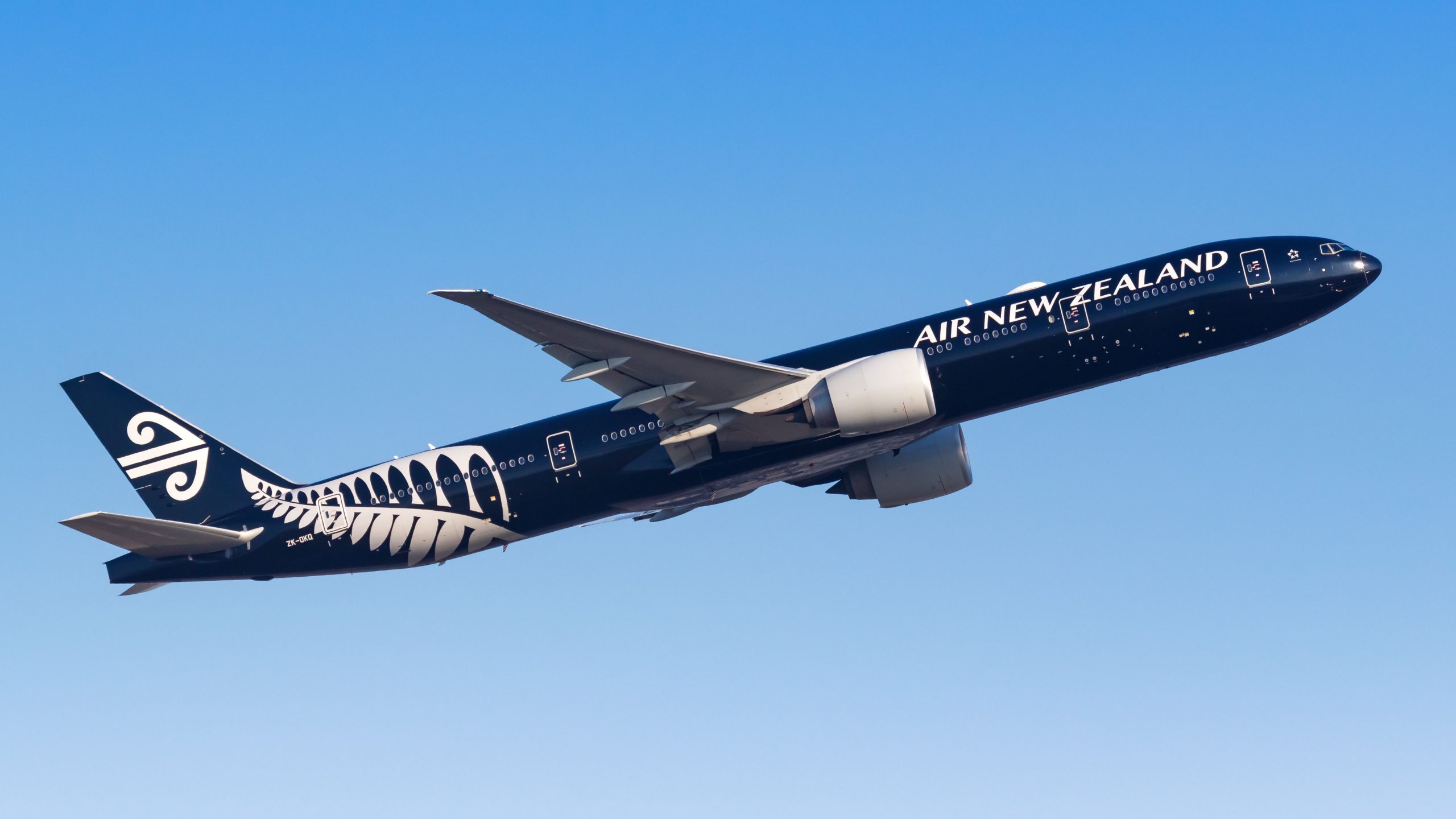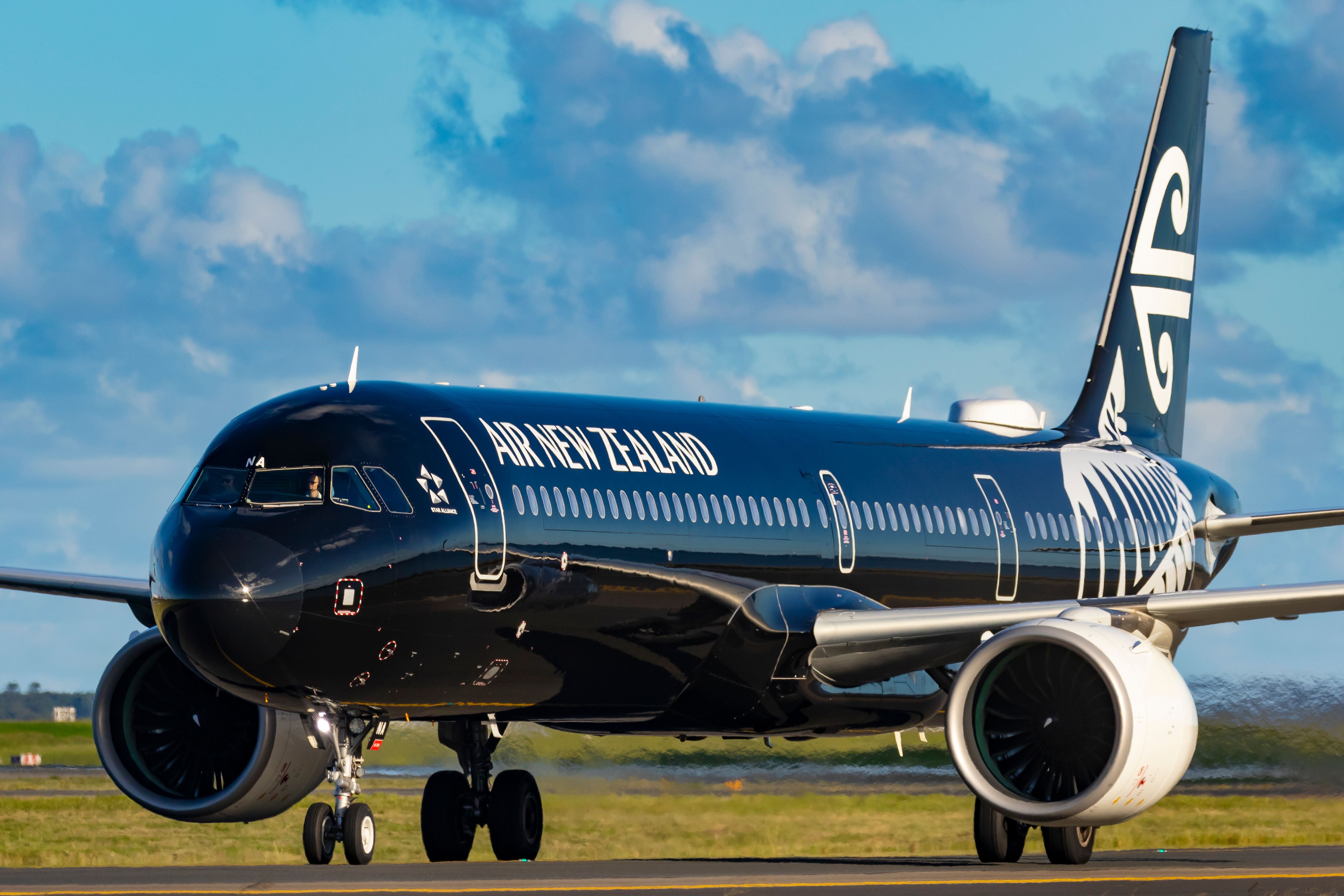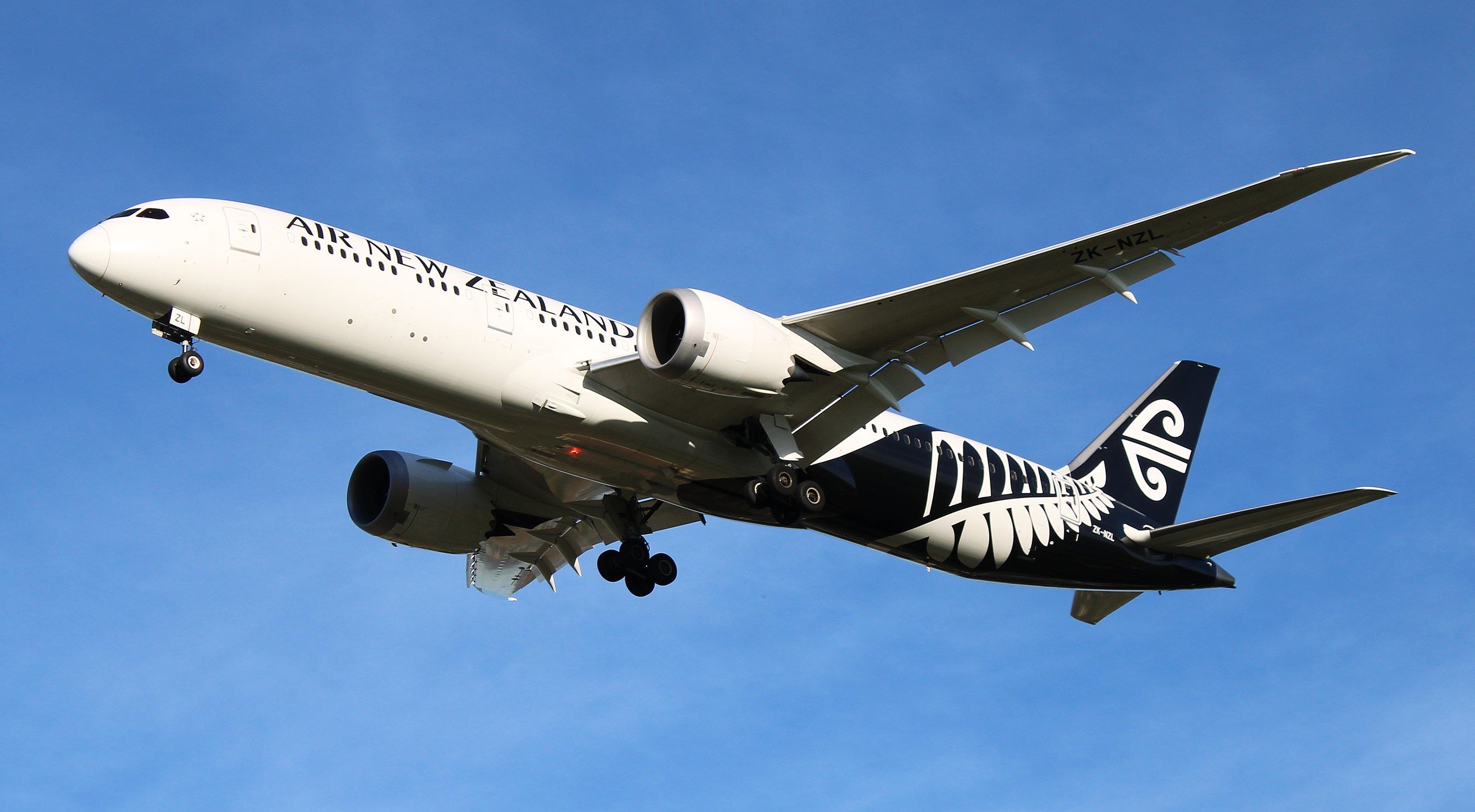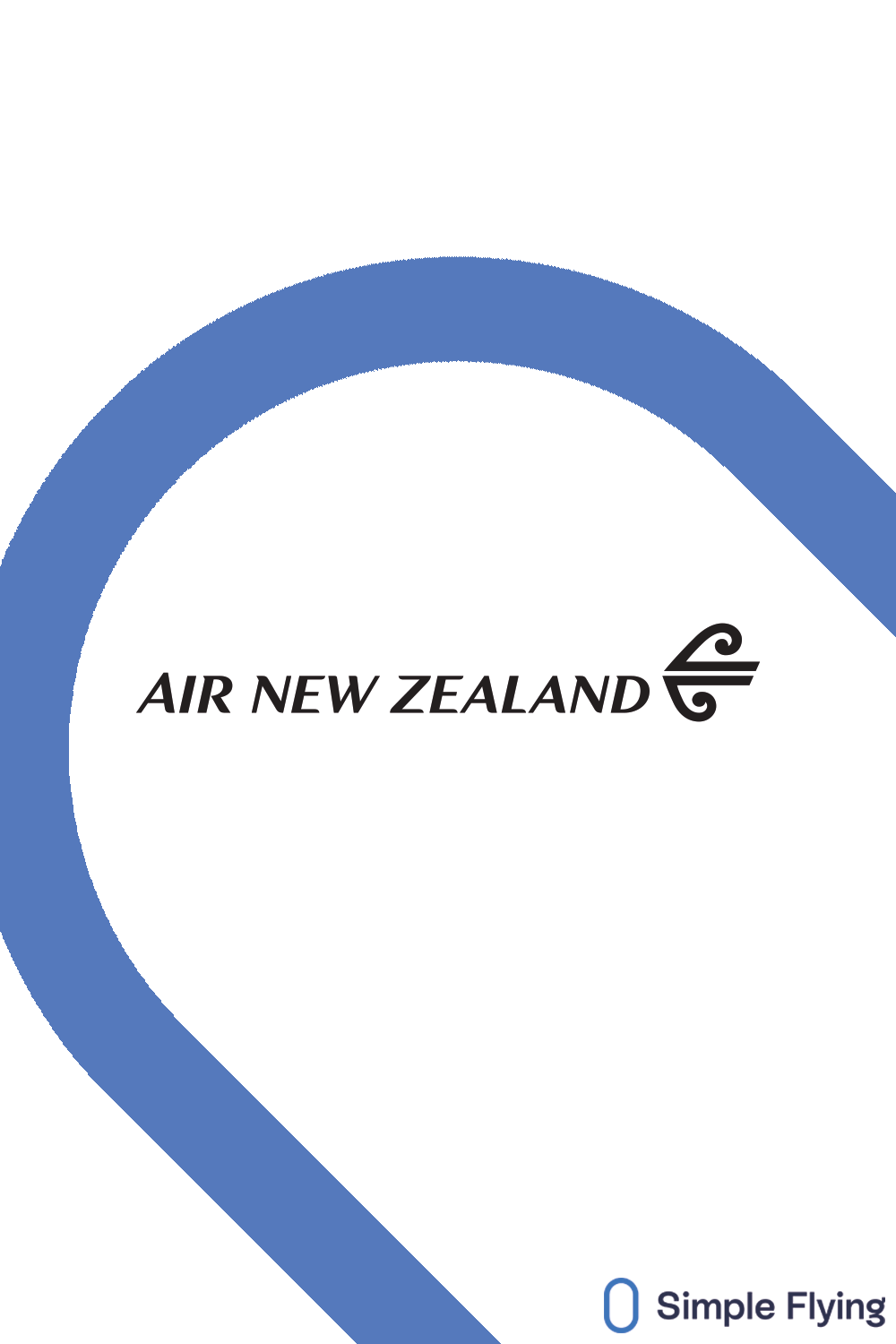Summary
- Air New Zealand had an exceptional financial year in 2023, with high revenue and earnings, but the airline acknowledges that replicating this performance will be challenging due to different market conditions.
- The airline’s monthly update for August shows positive growth in passenger numbers, particularly in long-haul international flights, which experienced a significant capacity boost.
- Short-haul traffic accounted for the majority of the airline’s total traffic, but the increase in capacity and passengers on long-haul flights, particularly to Asia, shows promising growth in that segment.
In the financial year that ended June 30, 2023, Air New Zealand posted statutory earnings of NZ$574 million ($344m) and carried 15.8 million passengers. Two months into the new financial year, it has carried 2.5 million passengers and looks to be on the road to another excellent year, buoyed by a surge in international long-haul traffic.
A challenging year to repeat
Air New Zealand set high expectations when it delivered NZ$6.3 billion ($3.8b) in revenue and statutory earnings of NZ$574 million in FY23. In September, the airline’s Chair, Dame Therese Walsh, said that the 2023 financial year was particularly unique with significant customer demand, constrained market capacity and lower overall fuel prices in the second half. She also said that the airline believes the 2024 financial year will be more reflective of future financial performance, suggesting that the headwinds it is facing are far different from the conditions in 2023.
Photo: Seth Jaworski I Shutterstock
Today, Air New Zealand released its Monthly Investor Update for August, showing the airline carried 1.22 million passengers, up 11% compared to 1.1 million in August 2022. With its international network fully restored, capacity, as measured by available seat kilometers (ASKs), increased by 67.2% year on year, which saw the overall passenger load factor fall from 85.8% in 2022 to 78.9%.
On a financial year to date (July/August), short-haul traffic increased by 0.6% and long-haul by 138.7% compared to the same period last year, with a combined increase of 9.1%. At the end of June, Air New Zealand had a fleet of 106 aircraft, including seven Boeing 777-300ERs, 14 Boeing 787s, 17 Airbus A320s, 16 A320/A321neos, 29 ATR72-600s and 23 Bombardier Q300s.
Big boost to long-haul capacity
The capacity boost was most noticeable in long-haul international, where ASKs rose by 143%, compared to 25% for short-haul Tasman/Pacific and 5.8% for domestic year-on-year. On a financial year-to-date basis, Air New Zealand carried 2.53 million passengers compared to 2.36 million in 2022, a 9% increase and ASKs increased by 73.1%, which resulted in load factors for the two months falling from 86.9% to 79.8%.
The Monthly Investor Update does not present any financial results and purely focuses on operating statistics, although it does helpfully break those down into several different classifications. At the top level, short-haul passengers accounted for 87% of total traffic and grew in August by 3.7% year on year. Within those 1.062 million were 785,000 domestic and 277,000 Tasman/Pacific passengers, with domestic numbers steady and Tasman/Pacific up by 17%.
The significant change in capacity was in long-haul, which accounted for only 13% of the total passengers in August this year. There were 155,000 long-haul travelers, which was a 119% increase on the 71,000 carried in August 2022, while ASKs increased by 143% and load factors fell from 87.1% to 78.9%.
Long-haul traffic was split between Asia (53%) and the Americas/UK (47%), which accounted for 82,000 and 73,000 respectively. It is interesting to note how closely passenger numbers and capacity increased to Asia, with traffic up by 196% and ASKs by 204%, whereas the Americas/UK saw passengers increase by 69% and ASKs by 106%.
What do you think of Air New Zealand’s performance? Let us know in the comments.



